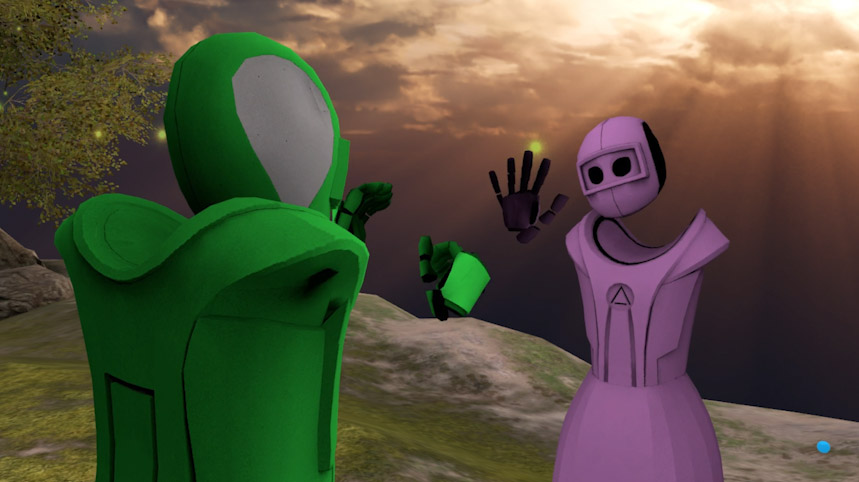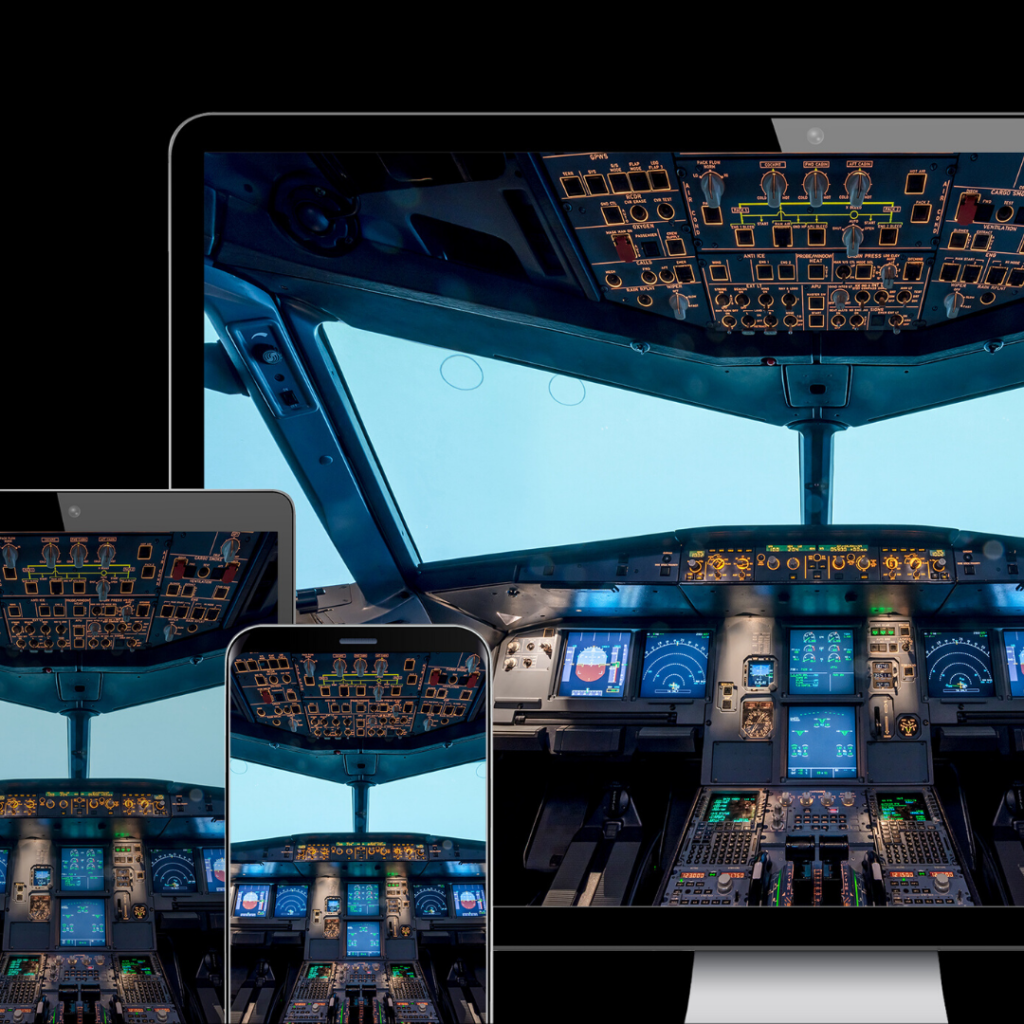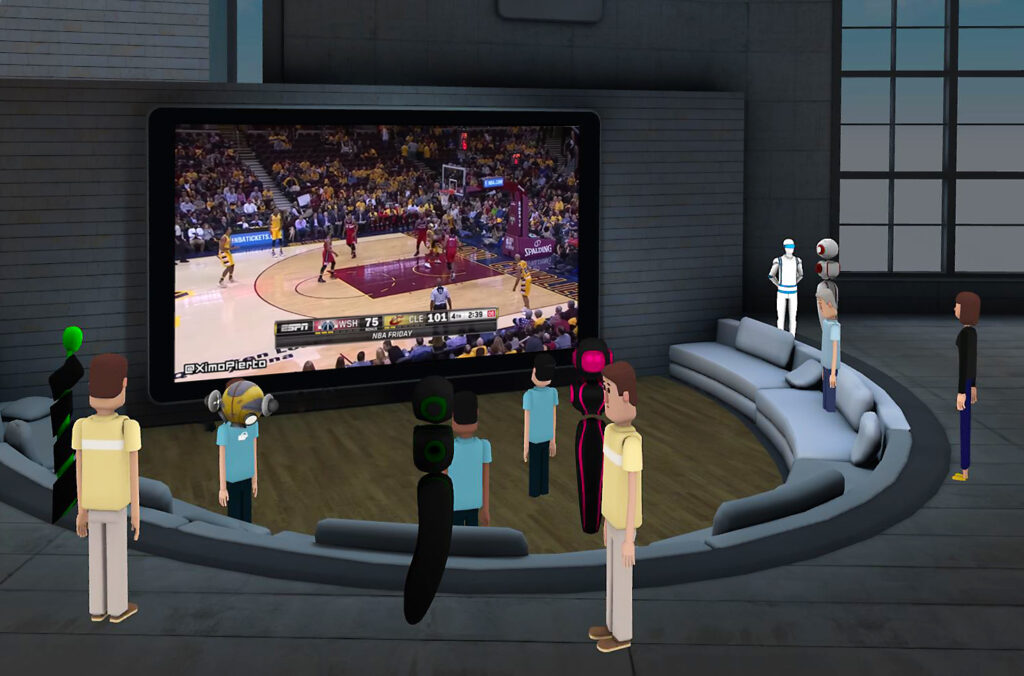By David Pring-Mill
As the media landscape evolves to include bold, new experiences (or experiments) in the form of VR and AR, technological expertise and proprietary technologies could become foundational.
The quarantines aimed at mitigating the coronavirus pandemic may incentivize more people to try out these entertainment technologies.
AltspaceVR creates virtual environments in which users with VR gear can interact and play games. The company, which is owned by Microsoft, says that it received multiple inquiries and requests regarding virtual conferences during the COVID-19 pandemic.
“Just because you’re social distancing, doesn’t mean you can’t be social!” the company declared in one email.

Physiological Optimizations
VR still has technical and physiological problems. Some people seem to be more susceptible to disorientation, particularly when there’s a discrepancy between visual stimuli and the signals being transmitted by the inner ear.
AltspaceVR has implemented software-based solutions and outlined suggestions for best use.
The company explains: “If the software is optimized, as AltspaceVR is, then there is no perceived delay when you turn your head in VR. The accelerometers in the HMD are communicating movement and transmitting that telemetry faster than the human eye can detect any latency. On HMD models outfitted with positional cameras, this goes a step further, not only is rotational movement represented, so is lateral (side to side) motion.”
These solutions seem to be helping with consumer adoption. Altspace VR’s platform is used by people in 165 countries.
According to a 2018 report that was produced by Opposable Group and TechSpark for Digital Catapult, some of the designs and languages that have been effective in other games don’t work as well in this new medium.
Content creators could see greater success by utilizing a technical demo, which attempts to demonstrate that the technology will perform as required within suitable frame rates or other criteria. The report continues: “In some cases a vertical slice is more suitable, particularly where the potential application is being evaluated against creative criteria, for example ensuring a game is fun in VR.”
These technologies have not yet reached their full potential and consumers haven’t entirely bought-in. However, there’s likely both near-term and long-term value here, for applications in and beyond entertainment.

Network Effects
VR requires more hardware adoption but many AR applications work on smartphones that are already in people’s pockets. Both VR and AR could benefit from an increasing number of consumers giving it a try. In software, network efforts often drive value for consumers and growth for startups.
“Manufacturing is basically just spinning up another instance,” said James Henry, CTO of PureWeb. “And if you move fast enough, you become the dominant player in that area and become a standard.”
He added that for many software companies, “the business imperative is to grow fast and the technologies engaged allow you to rapidly scale from handling hundreds of people to thousands or millions.”

Literal Networks
For some of these new technologies to perform at their very best, we may need to fundamentally rethink the supportive communications infrastructure.
As I observed in November, America’s carrier networks are lagging behind China’s. But there may be an opportunity to leap ahead to the next phase of connectivity, or to develop a competitive advantage by creating better applications and services that utilize existing networks. Organizational cultures or even nationwide cultures may play a role here.
James Henry specializes in the streaming of interactive 3D experiences from the cloud.
I asked him if he thinks a country like China might take the lead on communications infrastructure but then lag behind when it comes to the creation of the innovative next wave experiences. After all, the construction of infrastructure may take one type of organization or leadership but the development of creative products could require something less rigid, more open to risk, and more open to ideation.
Henry responded that there’s a certain skepticism in Western countries about the value of government spending and intervention but massive transportation infrastructure projects, utilities, and energy systems are often the result of government support. Some of these projects have been able to happen because their value was politically obvious.
“Once you start innovating on extremely complex end user solutions where you get a lot of different interested bodies interacting who want different things, that centralized command and control can’t answer that question,” said Henry.
Competitive startups can step in and pioneer novel forms of value.
Henry added, “It’s going to be much harder for a society that, you know, puts you in prison for the wrong free thinking, to come up with innovation and innovative solutions at the edge.”
Will VR and AR really take off?
It has been suggested that VR and AR entertainment applications may never live up to some of the initial hype. Many startup founders and investors say that they still have reason for optimism.
James Henry said that the devices may need to go through more iterations and become more readily wearable before they’re widely adopted. “When you go into VR, you’re completely severing your interaction with the physical world,” he noted.
He added, “You need a vast amount of sophistication in the environment you’re going into, to make it worth your while. Otherwise, you go in, look at it and tap out all of the potential in ten minutes and say okay, well, I’ll come back from this point.”
There is also a marketing challenge. Some VR experiences are entirely unlike video games, movies, or TV series. They offer very bizarre, abstract, and meditative experiences. Users enter into digital landscapes with music, and with the specific hope that the VR application will favorably manipulate their mood. Liminal VR is a noteworthy example. For these novel forms of value to catch on, there may need to be more social communication and influencer involvement.
“You need some sort of cultural context for those things to connect to you as entertainment, or as a different experience in your life,” suggested Henry.
Matt Abrams is a general partner at Seven Peaks Ventures and a venture partner at Task Force X Capital Management.
“It’s like the early days of the web,” he said. “When websites first came into being, people were like: what do I need a website for? I mean, it just wasn’t clear for a number of individuals or industries as to what the use was, what the importance was, et cetera. And I think we’re at a similar stage in relation to AR.”
Abrams thinks that AR could help product designers to get a more accurate perspective of what they’re working on, reducing the degree to which prototypes are shipped across the world. That could help with climate change. In retail applications, AR could reduce the need for floor space. “We could see tremendous advantages and optimizations in that entire product life-cycle,” he said.
Abrams expects that we will start to see more useful, not gimmicky, industry applications that will drive broader and high-value changes.
Torch is one of his portfolio companies. They provide a set of tools for designing, testing, and deploying AR, in standalone applications and as additional functionality in existing apps.
He referenced Dreamweaver as a precedent in web development. “When we enabled the WYSIWYG tools and the design tools that allowed the really creative designers to come up with websites, web experiences, and web applications, that’s when the web exploded!” he remarked.

What the Future Could Look Like
Perhaps some of those enterprise use cases will propel the technological development forward and, in the process, create more immersive possibilities for the entertainment industry.
“The ease and malleability of computer-generated simulations makes it possible to offer people many story paths in an artificial environment, rather than just one narrative arc,” said Chris Nicholson, the founder and CEO of Pathmind.
“In the future, these computer-generated worlds could be augmented reality overlays on our real world,” he suggested. Nicholson described this possibility as a highly immersive “Choose Your Own Adventure.”
This is part of an ongoing series of articles about major disruptions in the technology, media, and telecom sector. You can read the other, related articles in Quick Insights and check the Whitepapers section for periodic, in-depth analyses. Subscribe for updates here.